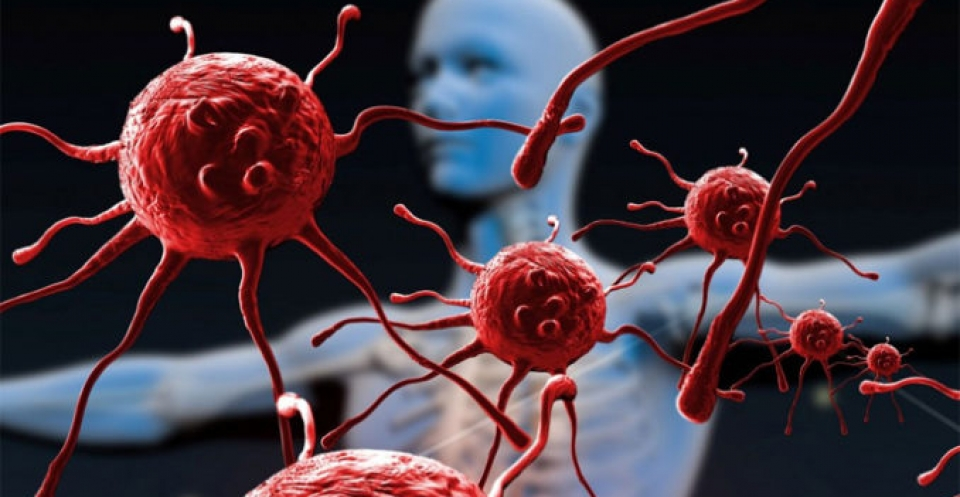US Researchers to Study How the Endocannabinoid System Affects HIV
The endocannabinoid system is unique because one of its receptors, CB2, overlaps with the immune system—the very system targeted by HIV. American researchers aim to investigate whether these receptors can be used to influence infected cells that serve as reservoirs for the virus, making the disease incurable.
The US National Institutes of Health has awarded a $4 million grant to the HIV Cure Center at the University of North Carolina. The funding will support research into how the cannabinoid system affects the mechanisms of HIV’s latent reservoirs. The project is expected to last five years.
What Are Latent HIV Reservoirs?
Latent HIV reservoirs are groups of immune cells in the body that are infected with the human immunodeficiency virus but do not produce it. Some viruses hide in these reservoirs for many years and can suddenly become active. Currently, there is no way to neutralize these reservoirs, which is why HIV is considered an incurable disease.
The study will be led by Dr. Ed Browne, Associate Professor of Medicine at the University of North Carolina. “Our hypothesis,” he says, “is that cannabis exposure in HIV infection changes the size, location, and genetic characteristics of the latent HIV reservoir through activation of CB2 receptors in T-helper cells.”
What Are T-Helper Cells?
T-helper cells are immune system cells responsible for signaling other immune cells to fight infections in the body. HIV attacks T-helper cells, causing the body to lose its ability to fight infections and leading to immunodeficiency.
Fortunately, Browne’s lab already has a model of the latent HIV reservoir. To test their hypothesis, the researchers plan to observe how activation of cannabinoid receptors (CB2 receptors are found throughout the immune system) affects gene expression of the virus and the chromatin structure of the host cell.
What Is Chromatin?
Genes in the cell nucleus are bound to proteins (in this case, CB2 receptors play a role) and form chromatin. The structure of chromatin determines how accessible certain DNA regions are for reading, or gene expression. If the virus’s ability to read its DNA is reduced, it simply cannot become active.
Additionally, the study will compare HIV-infected cannabis users with those who do not use cannabis. The hypothesis is that the size and location of HIV reservoirs may differ between these groups.
Browne hopes that his research will bring the scientific community closer to understanding how to regulate these reservoirs and, ultimately, defeat HIV.



